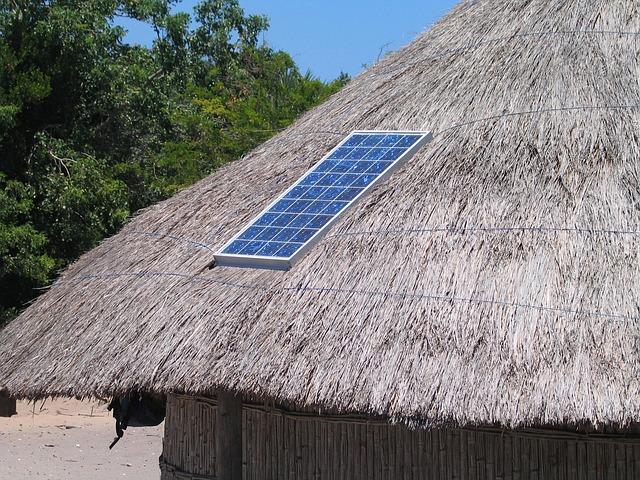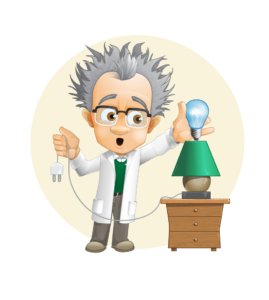With LED technology rapidly advancing, consumers around the world are able to choose energy-efficient and long-lasting alternatives to traditional light sources. So, I, Dr. Bulb, was beyond thrilled when I heard that the scientists who invented the blue LED were awarded this year’s Nobel Prize in physics. Isamu Akasaki, Hiroshi Amano and Shuji Nakamura changed the world with their invention.
Blue diodes create white light when combined with red and green. While red and green diodes had been around for decades, the invention of the blue diode in the early 1990s is what allowed white LED lamps to be used to light every corner of the home, street, and workplace. For thirty years, scientists worked to create a blue diode, but were unsuccessful. This invention “triggered a fundamental transformation of lighting technology,” the awarding committee said. “They succeeded where everyone else failed.”
In cities like Los Angeles, LED lighting helps cut energy costs, carbon dioxide emissions, and excessive light pollution. In the poorest areas of the world, LED lighting is becoming a more accessible option than kerosene lamps and fires fueled by animal waste. Because of their energy efficiency, they can be powered by off-grid electricity technologies, like solar panels.
Almost 5 percent of Africans living without access to electricity, or about 28.5 million people, now use solar-powered LED lights, according to NPR. In the past six months, 2.1 million LED-solar products have been sold to people who are off the grid.
According to the committee, the work of Akasaki, Amano, and Nakamura is in keeping with the spirit of Alfred Nobel, the founder of the prize, because LED lights are energy-efficient, long-lasting, and environmentally friendly. They “hold great promise for increasing the quality of life for over 1.5 billion people around the world who lack access to electricity grids.”



